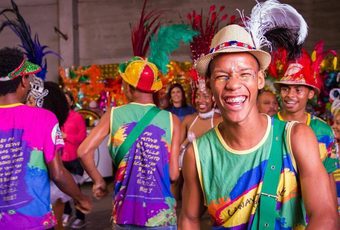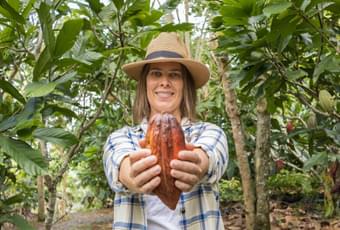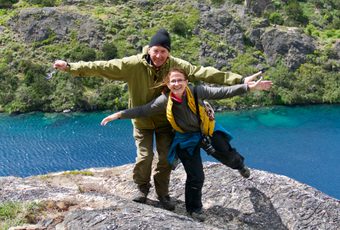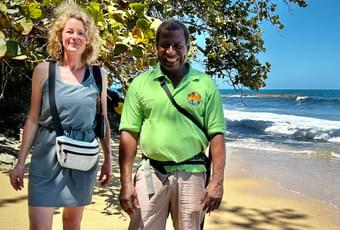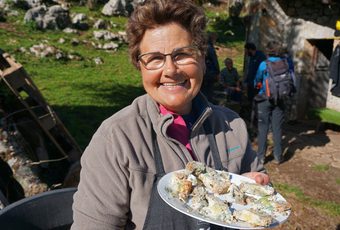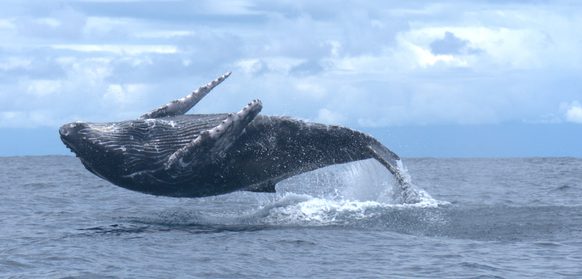Turtle power: Drifters of Costa Rica
Costa Rica’s coastline is a prime nesting ground for five of the world’s seven sea turtle species, each with its quirks and claims to fame.
Whether they’re lumbering onto shore in the dead of night or gliding through the surf, these ancient mariners make Costa Rica one of the best places in the world to for turtle lovers. But how do these different species stack up against each other?
Leatherback

Superpower: Deep-diving skills
Signature Look: A sleek, ridged, leathery shell rather than a hard one.
The leatherback is the true titan of the sea, reaching up to 2.5 metres long and weighing in at over 900 kg. Unlike its smaller, hard-shelled cousins, it boasts a flexible, rubbery carapace that helps it withstand immense pressure in the deep ocean, where it dives for jellyfish. Despite their size, leatherbacks are delicate creatures, threatened by plastic pollution (which they mistake for jellyfish) and fishing nets. In Costa Rica, they make dramatic nesting appearances from March to July on the Pacific coast and February to June on the Caribbean side.
Hawksbill
Superpower: Razor-sharp beak
Signature Look: A stunningly patterned shell with overlapping scales.
With a beautiful amber-and-gold shell, the hawksbill turtle looks like it belongs on an ancient coat of arms. This species is a coral reef specialist, using its sharp beak to snack on sponges and sea anemones—keeping reefs healthy for fish and marine life. Sadly, its stunning shell has made it a target for illegal poaching, despite international protections. In Costa Rica, they can be spotted gliding over reefs in Cahuita and Gandoca-Manzanillo, while nesting happens in smaller numbers between March and October.

Green Turtle
Superpower: Vegetarianism
Signature Look: A smooth, oval-shaped shell and a cute, small head.
As the only vegetarian among sea turtles, the green turtle is a key marine ecosystem engineer, grazing on seagrass and algae. Named for the greenish tint of its fat (not its shell), this species is a regular sight along Tortuguero, where thousands come to nest from July to October. With their large, soulful eyes and slow, graceful movements, green turtles are the Zen masters of the turtle world - until they get in a nesting frenzy, digging their massive nests with an impressive flurry of sand.
Olive Ridley

Superpower: Synchronized “arribadas”
Signature Look: A small, heart-shaped shell and uniform olive-grey color.
If sea turtles had a flash mob, it would be the Olive Ridley arribada. Picture hundreds of thousands of turtles arriving on shore at once, digging their nests in a sandstorm of flippers and determination. This astonishing spectacle, which happens monthly between July and December at Ostional Beach, is one of Costa Rica’s greatest natural wonders. The Olive Ridley is small but mighty, known for its resilience and its ability to brave predators, strong currents, and even human disturbance.
Loggerhead
Superpower: A crushing bite
Signature Look: A massive head with powerful jaws.
The loggerhead turtle is the brawler of the turtle world, boasting a huge head and powerful crushing jaws built for tackling crabs, conchs and mollusks. Unlike its cousins, the loggerhead is an infrequent visitor to Costa Rican shores, though they sometimes nest along Caribbean beaches. These turtles are built for long-distance travel and can be found migrating across entire oceans.
